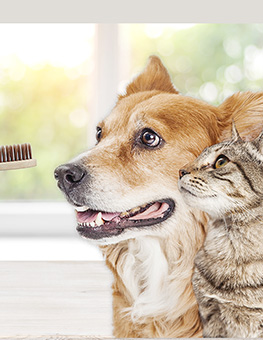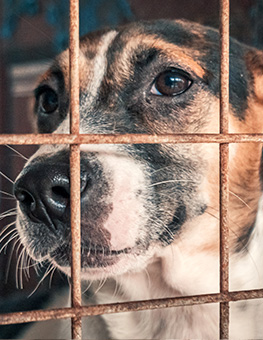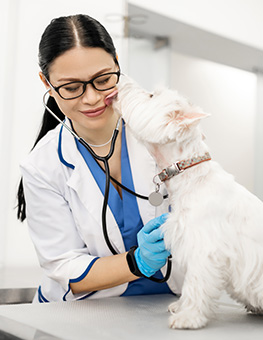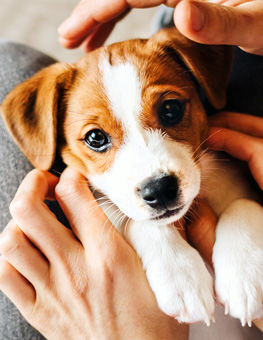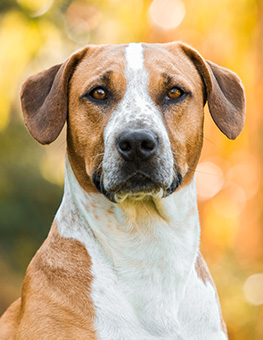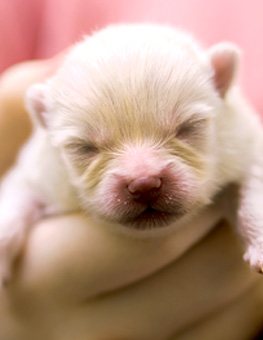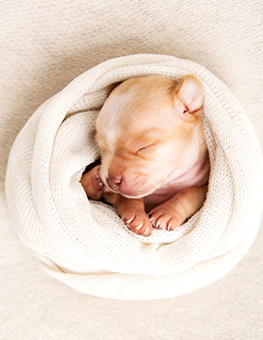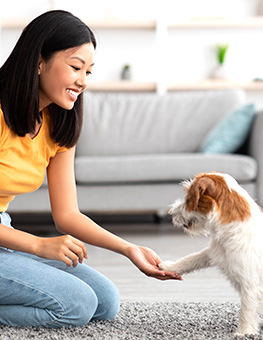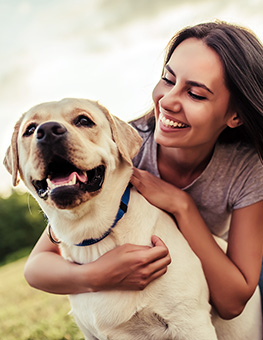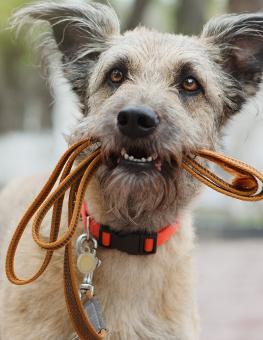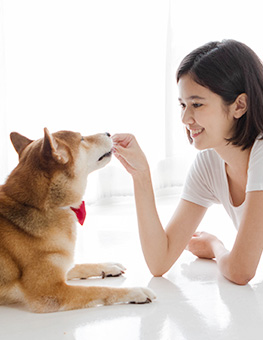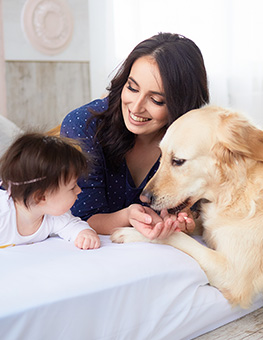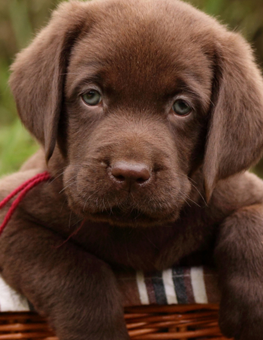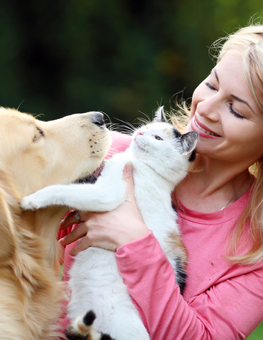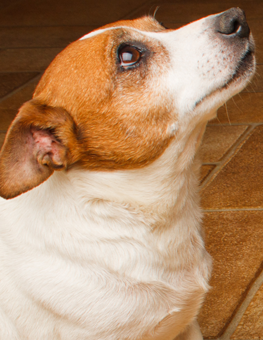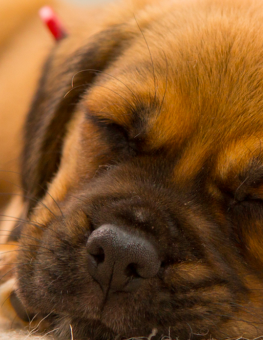Going to the Bathroom, Puppies
Puppies under three weeks are going to need your help to go to the bathroom. This is how you do it.
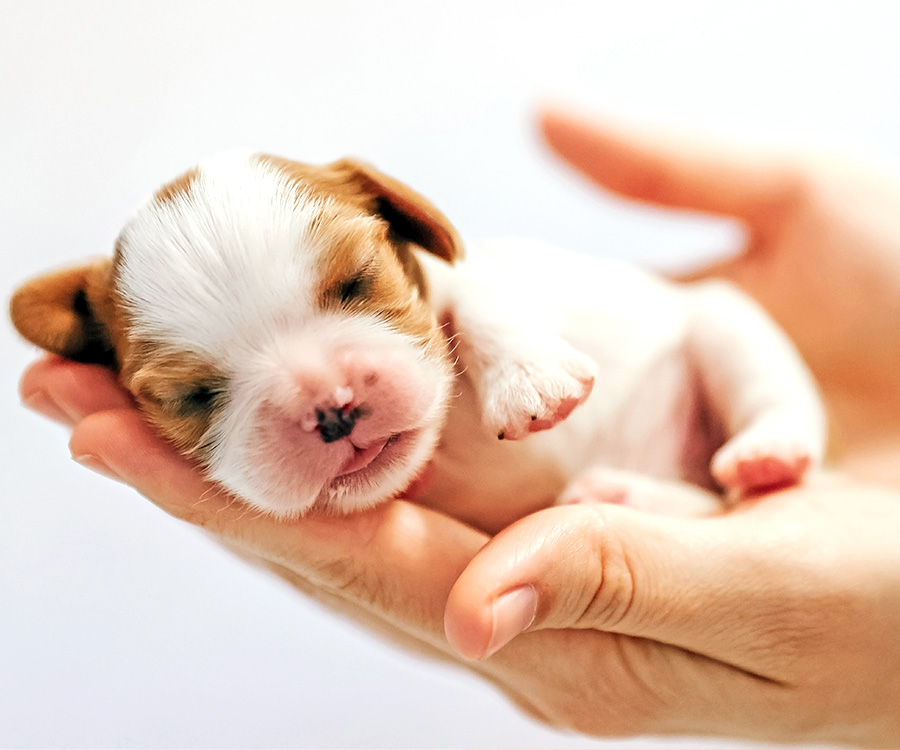

Newborn pups don't have the control to pee or poop on their own. Without their mom around, they'll need your help.
When ya gotta go, well, you gotta go. Under normal circumstances, even the tiniest human baby has no problem going to the bathroom. The same can’t be said of neonatal puppies. Pups under three weeks lack the muscle control to empty their bladder and bowels, so you need to give them a helping paw. If you rescued your baby, give him some relief immediately. You don’t know how long it’s been since his mom helped him go, so …
Take a cotton ball (or a washcloth or paper towel) moistened in warm water and massage the puppy’s genital area using soft, gentle circles. This motion mimics the mother’s tongue and stimulates him to empty his bladder and bowels.
The pee should turn the cotton ball a light yellow. If it appears dark yellow, orange, or has a honey-like consistency, he’s dehydrated and you need to add more water to the formula.
The poo should be about the consistency of toothpaste and look yellowish to brown. He may not poop every time you stimulate him. Don’t panic if he misses a time or two. Runny or watery stool needs to be watched closely. Puppies dehydrate very quickly with the runs. If he becomes dehydrated, your vet might need to give him fluids under his skin.
If he develops diarrhea, or he fails to poop for 48 hours, if his pee or poop looks odd, or he begins to act weak or lethargic, or if he begins to vomit, contact your vet immediately.



